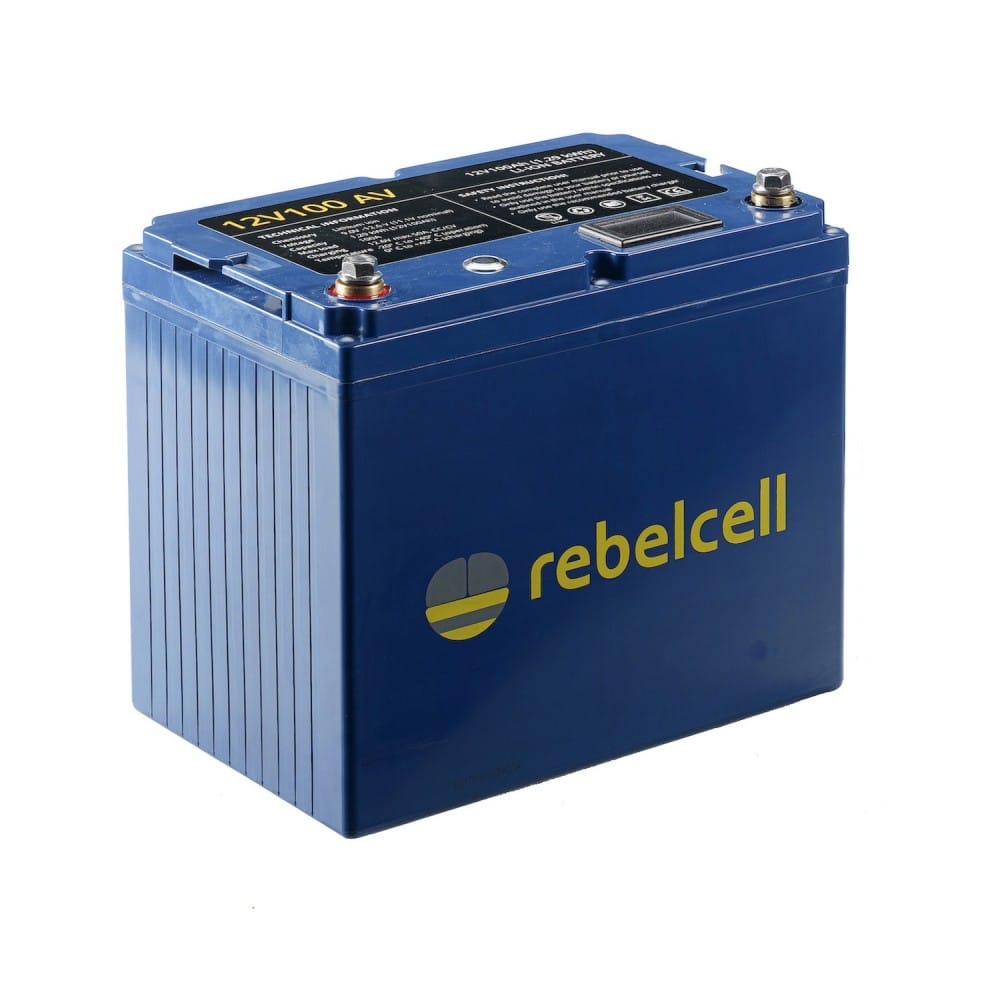
Baterille solare Litiu-ion sunt cele mai folosite pentru stocarea energiei, fiind cele mai bune baterii solare din mai multe puncte de vedere. Avantajul lor principal este acela că pot elibera o cantitate foarte mare de energie, într-un interval foarte scurt de timp.
Aceste baterii au apărut în anii 1970, însă abia în anii 1990 au început sa fie comercializate în masă. De atunci, tehnologia bateriilor Litiu-ion s-a dezvoltat rapid, fiind folosite și pentru mașinile electrice.

Sursă: tacklearena.com
Fiind cel mai ușor metal, Litiul are cea mai mare capacitate electrochimică, oferind o densitate mare de energie. Deasemenea, Litiul este un element foarte reactiv, astfel că poate stoca mai multă energie.
În general, o baterie Litiu-ion care cântărește un kilogram, poate stoca pana la 150Wh de energie electrică. În comparație, un acumulator Ni-MH (Nichel Metal Hidrură) cu aceeași greutate, poate stoca pâna la 100Wh, în timp ce o baterie plumb-acid stochează doar 25Wh per kilogram.
Fiind incapsulate, bateriile litiu-ion nu necesită completare cu apă sau întreținere. Supapa lor regulatoare realizează recombinarea oxigenului și a hidrogenului rezultați ai reacțiilor chimice de la nivelul anodului și catodului.
Temperatura influențează durata de viață a bateriei, cea optimă de funcționare a unui acumulator litiu-ion fiind de 5℃ – 20℃. În cazul în care bateriile funcționează la temperaturi superioare acestui interval, durata lor de viață se reduce considerabil. Temperaturile inferioare reduc capacitate de acumulare a bateriilor.
Principalele motive pentru care mulți consideră bateriile Litiu-ion cele mai bune sunt următoarele:
În general, este bine să descărcați bateria Litiu-ion parțial, și nu total. La fel, în momentul în care primește energie, acumulatorul trebuie sa fie parțial încărcat.
Cum am menționat și mai devreme, bateriile Litiu-ion sunt foarte sensibile la temperaturi ridicate. Majoritatea producătorilor recomandă o temperatură de depozitare de aproximativ 15℃ pentru a încetini procesul de degradare.
Durata de viață a bateriilor Litiu-ion este de aproximativ doi-trei ani. Având în vedere că această durată începe de la data de fabricație, este bine să folosiți acumulatorul imediat dupa achiziționare. Cum am menționat și mai devreme, bateriile se degradează chiar dacă nu sunt folosite.